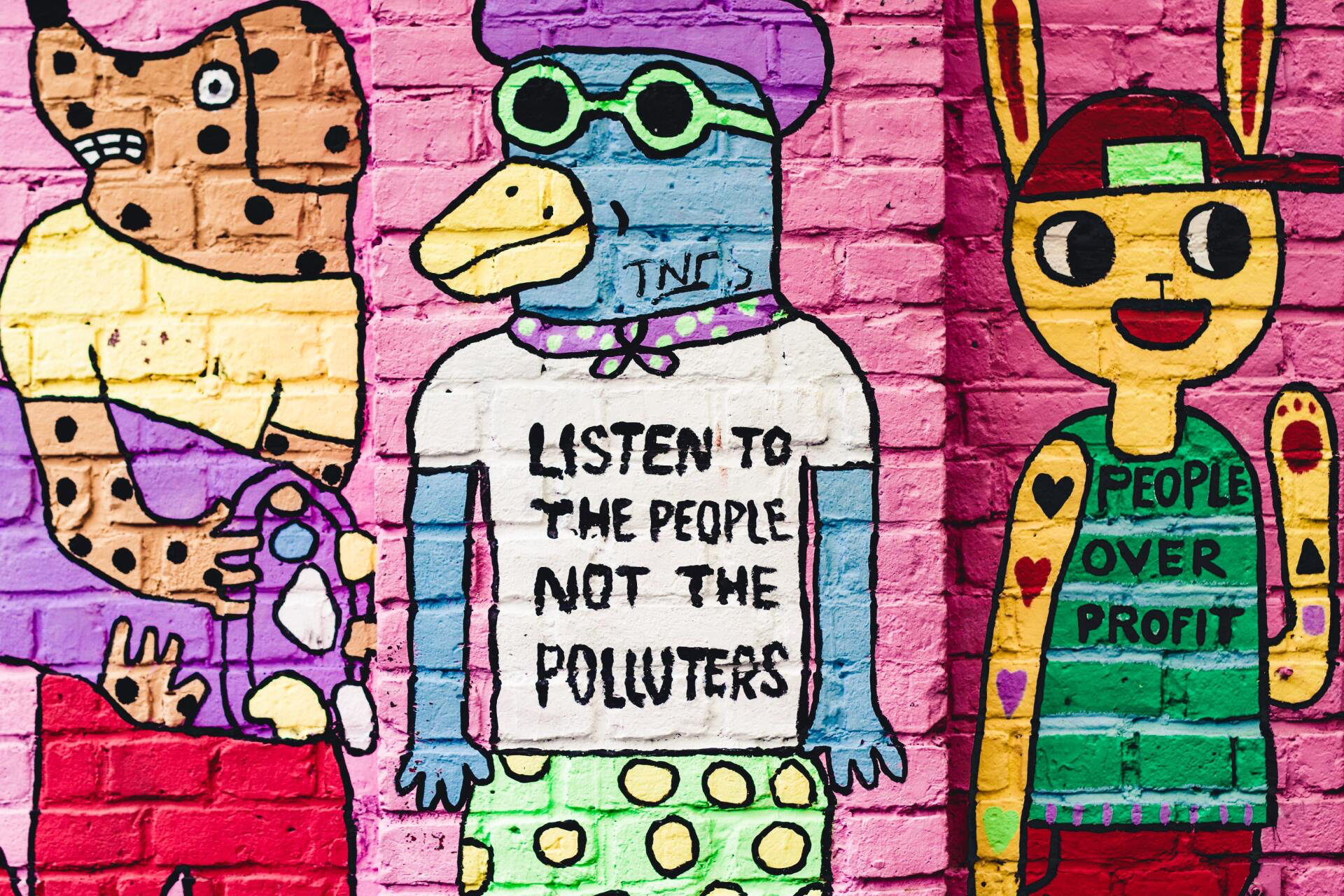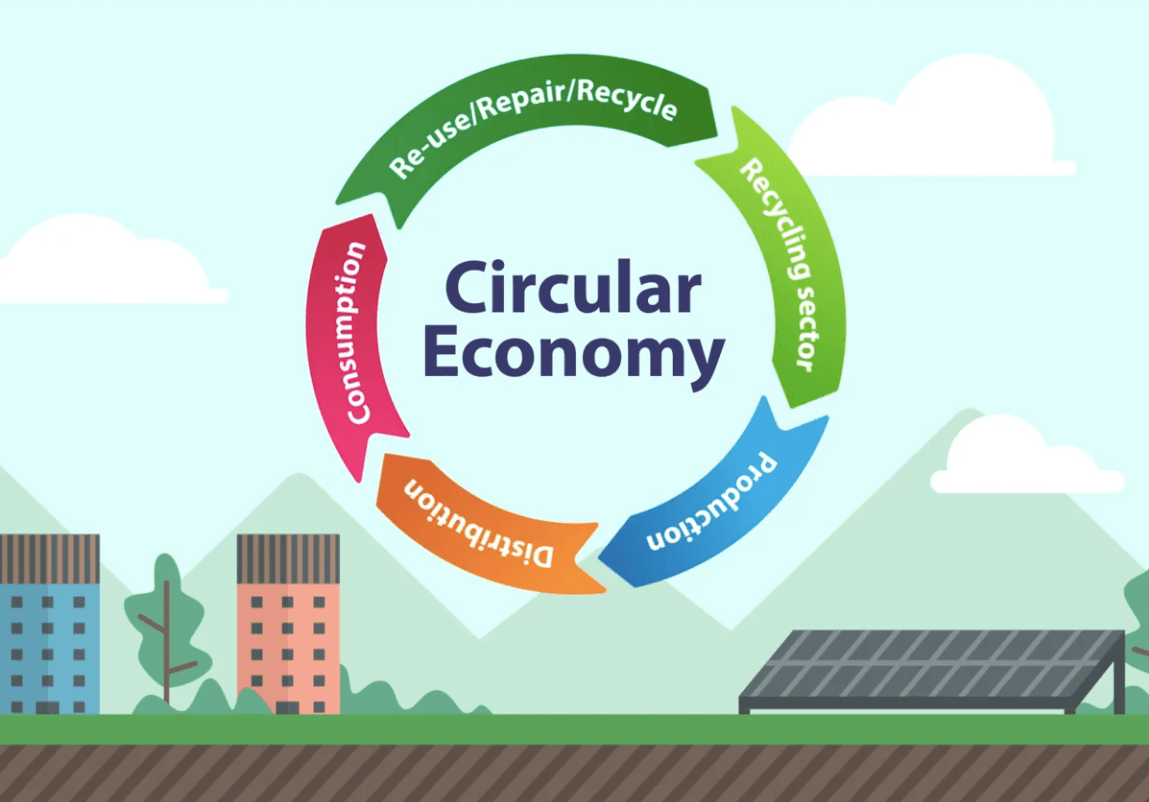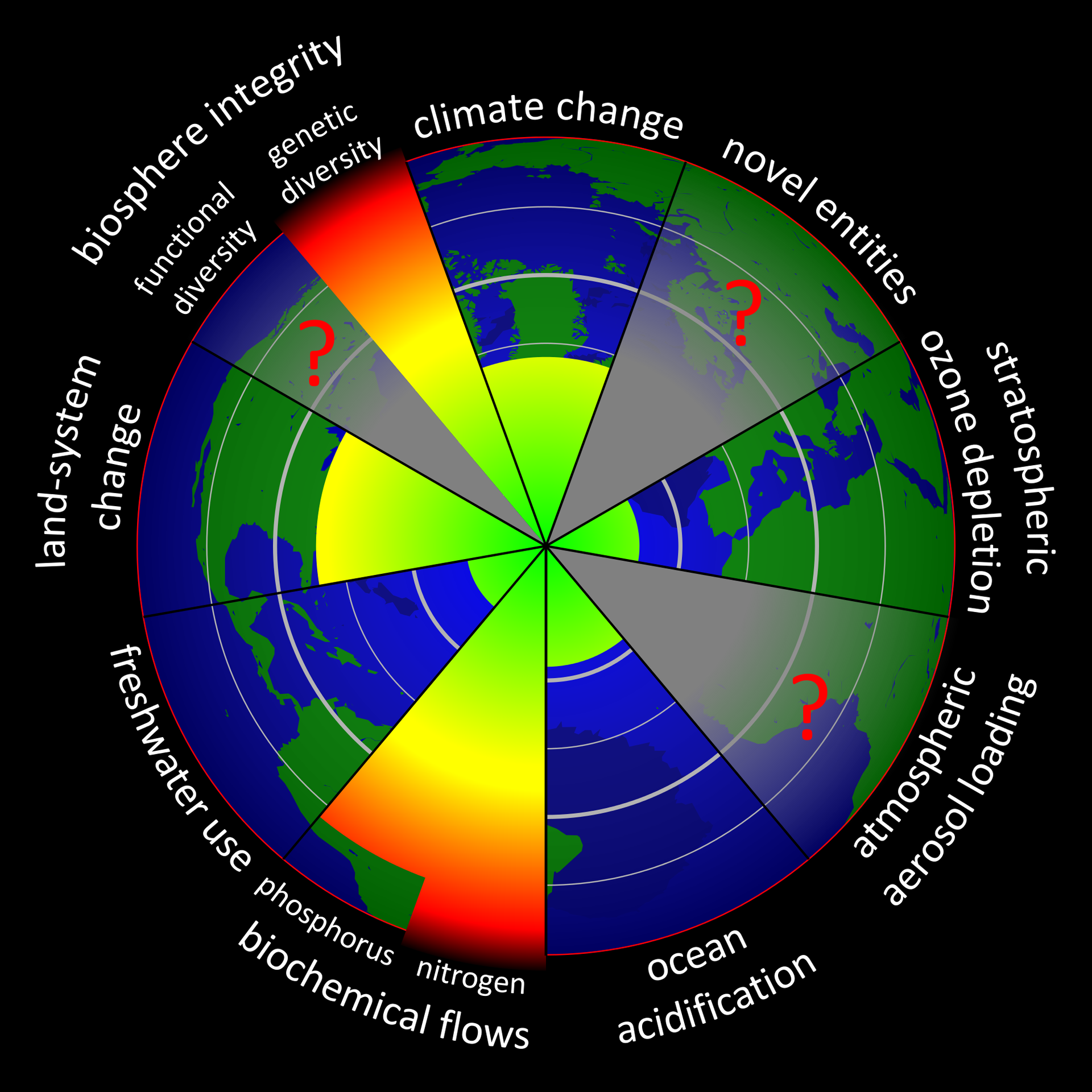COP26 A Last Hope?
COP 26 A LAST HOPE?

What is COP 26?
Unless you have been a virtual hermit you would know that the world leaders are coming to Glasgow, UK in the first two weeks of November. This is a chance for world leaders to meet and discuss Climate Change and make commitments to address the scale of the problem the planet is facing.
The word ‘COP’ stands for ‘Conference of the Parties’. In the climate change sphere, ‘the Parties’ are the governments which have signed the UN Framework Convention of Climate Change (UNFCCC). The COP brings these signatory governments together anually to discuss how to jointly address climate change and to commit to pledges to address the warming of the planet. Whilst it is too late to prevent the planet from heating we can still with positive action reduce the rate of change.
The conferences are attended by world leaders, ministers, and negotiators but also by representatives from civil society, business, international organizations, and the media. It also attracts a large number of climate change groups & activists.
The COP is hosted by a different country each year and the first such meeting – ‘COP1’ – took place in Berlin, Germany in 1995.
The Challenges of COP 26
There is a lot of tension bubbling under the surface between the international parties which creates a number of challenges. Some of these are captured below as well as other climate related issues.
Climate Fair Shares - responsibilities and action
Historically there has been a lot of tension between the "developed" world and the "developing" world. This centres around questions of equity, historic responsibility and capability to act. There has been a lot of dispute over the gap between commitments made and results achieved.
A number of organisations combined to form the Civil Society Review to publish a series of reports assessing global climate action under the Paris Agreement through a ‘Fair Shares’ perspective.
The ‘Fair Shares’ analysis is based upon the science of remaining carbon budgets and the principles that underpin COP. Perhaps unsurprisingly, between the signing of the Paris Accord in 2015 the "richer" historical polluters in the Northern Hemisphere are not doing anywhere near their Fair Share of climate action, in terms of emissions reductions and climate finance. Meawhile many Southern Hemisphere countries have committed to and delivered their undertaking their Fair Share – or more – of action
For example, the 2015 Civil Society Equity Review found that Russia’s pledge was a zero contribution of its fair share, Japan’s was a 10th, the USA’s was a fifth and the EU’s was just over one fifth of its fair share; meanwhile China, India, Indonesia, Kenya and the Marshall Islands’ pledges all meet or exceed their fair share.
Some would argus that the fair shares for the Northern Hemisphere may have been more difficult to achieve however as there is no sanction for missing any of these targets bar international disapproval then perhaps the targets without consequences are lines in the sand.

Is There a Desire to Hit Targets?
The Paris Summit in 2015 agreed to work to limiting the increase in global temperature to 1.5 degrees. We are woefully off course to meet that. We are already experiencing a number of unusual weather effects such as the heat dome on the west coast of Canada and the US, floods in Europe, wildfires in Australia and life threatening temperatures in numerous countries including Pakistan and various Afican countries.
We have already seen the potential effects which will only get worse and yet the pladges made at Paris fall short of achieving the 1.5 degrees limitation on temperature.
Thus COP 26 will be a real test of resolve for the biggest polluters (the US, China, the EU and India) to make commitments that are in the interests of everyone but may restrict their "economic growth" as they undertake the necessary structural changes required to implement these changes.
In addition, will Amazonian countries be offered payments to reduce the deforrestion of the worlds largest rainforest? Will that be enough to reduce Brazil's expansion of agricultural land?

Climate Finance Pledges
At COP15 in Copenhagen, the richer northern hemisphere pledged manoey to their southern hemisphere counterparts so that they would be able to meet their climate obligations. The logic being that the northern countries bore a greater responsibility for the creation of the problem.
Unfortunately of the commitments made only a fraction have been delivered.
This will be a real bone of contention at COP 26. There is a sense of mistrust over who is prepared to do what in respect of climate change and a recognition that actions speak louder than words for Western politicians.
At COP26 we will now be at a stage where the southern countries look to the north for loss and compensation payments for the land that has been irrevocably lost.










